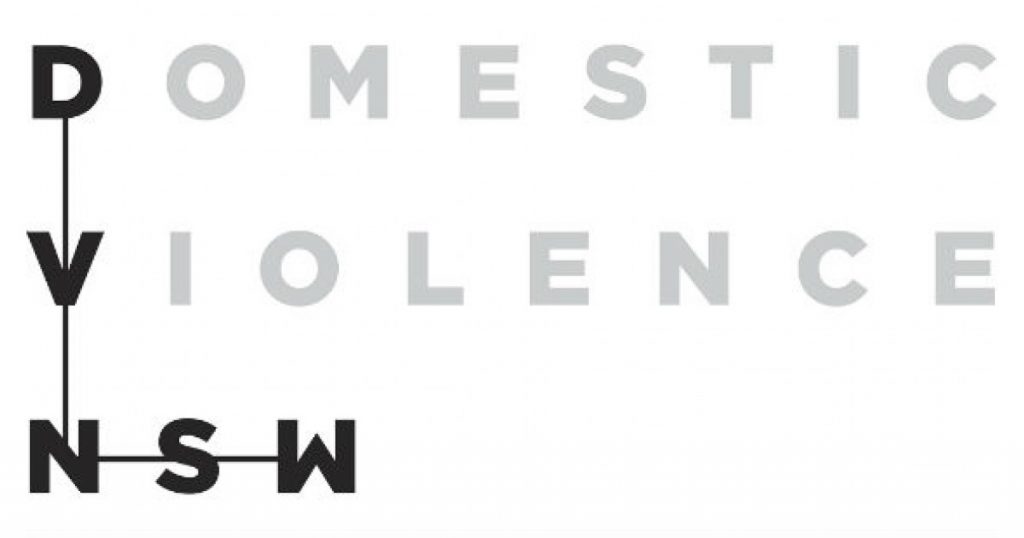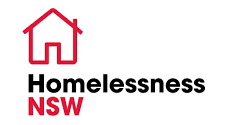What is Family Violence
Family violence is complex. It can take many forms and is caused by a number of factors. But one thing is clear–its impacts are significant and harmful on the victim, the family and the community. Everyone has a role to play in ending family violence. The first step to addressing the problem, is understanding it.
People who use family violence are responsible for their behaviour. The choice to threaten or control someone is an abuse of power and trust.
Family violence–also known as domestic violence or abuse–is any abusive behaviour that is used to control someone in a relationship, and makes that person afraid for their safety and wellbeing or the safety of another person.
In Australia, approximately one in six women and one in 16 men have experienced violence by a current or former partner since the age of 15 (ABS, 2016). In NSW, police recorded more than 82,000 family violence incidents in 2021. Many people who experience family violence never seek support from services or report this to police. These statistics only show us part of the picture of how common this violence is.
While physical violence is more widely recognised, there are many other forms of abuse. These include threats and intimidation,controlling someone’s access to money or isolating someone from their friends and family
Family violence is often an ongoing pattern of behaviour that can include multiple, often subtle, tactics used to intimidate and control. This pattern of abuse can fluctuate and increase in intensity and risk over time, particularly when the abuser feels their control is threatened (such as when the victim survivor tries to leave). Living with this abuse can seriously impact a victim survivor’s safety. Over time their options for leaving may become harder or riskier. The victim survivor can gradually lose confidence, self-worth and wellbeing, and find it more difficult to leave or end the relationship.
While family violence is most commonly used by men against their current or former partners (ABS, 2016), family violence also occurs:
- in intimate relationships between people of all genders
- in parent or step-parent to child relationships, noting that family violence is a form of child abuse
- when carers, who may or may not be family members, abuse people with disability
- when older children and young people abuse their parents, siblings or other family members
- when adult children abuse their parents
- when family members or carers abuse older people (also known as elder abuse)
- in kinship or ’family of choice’ relationships




